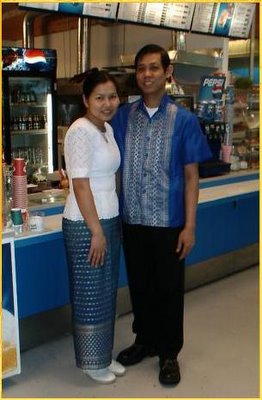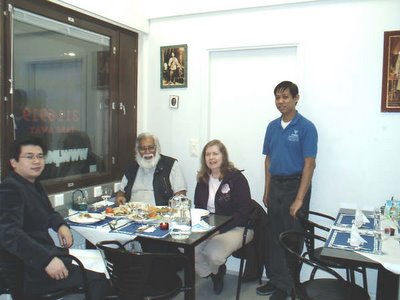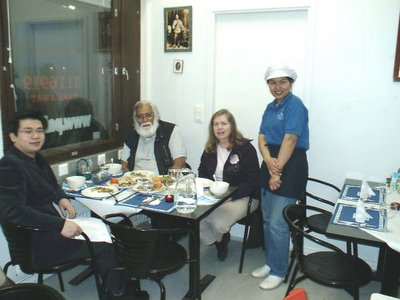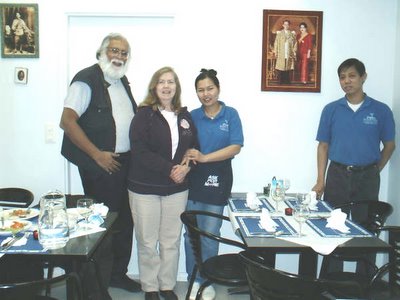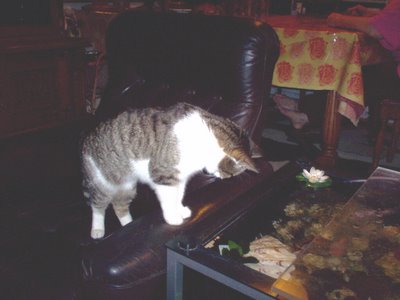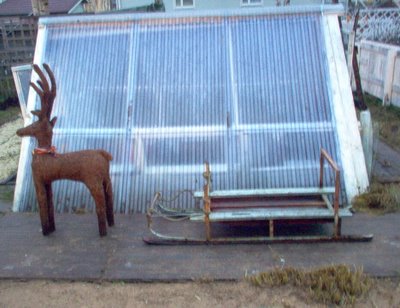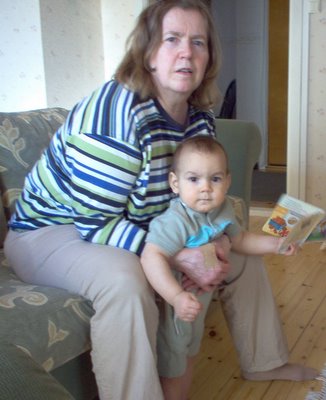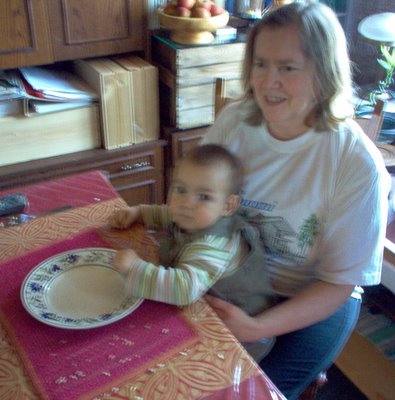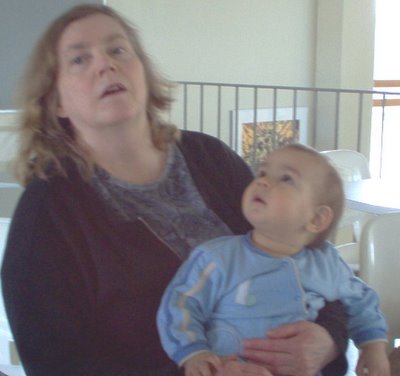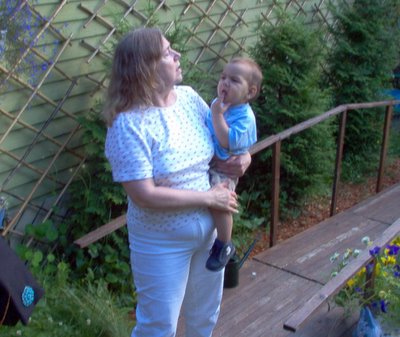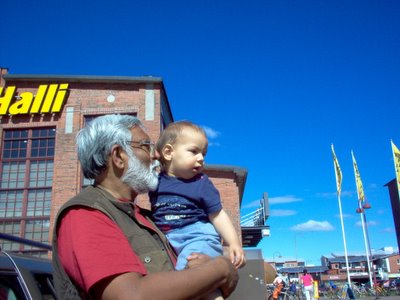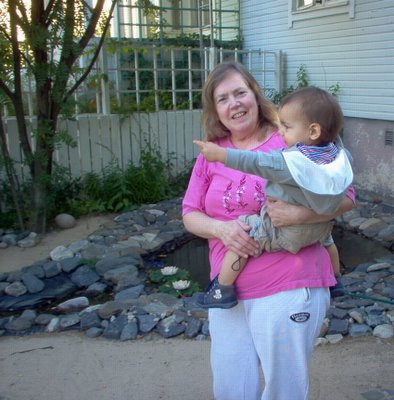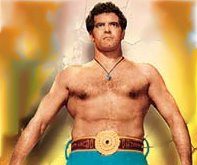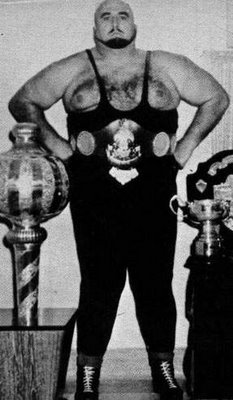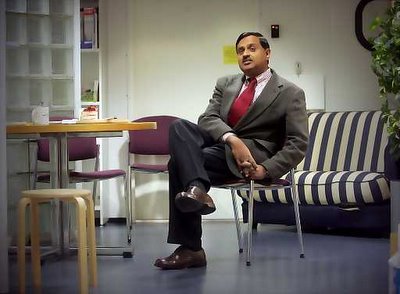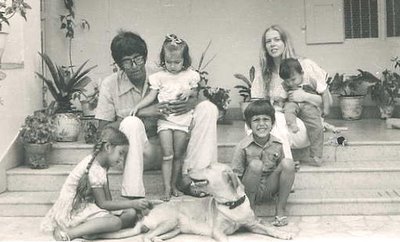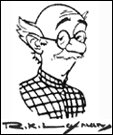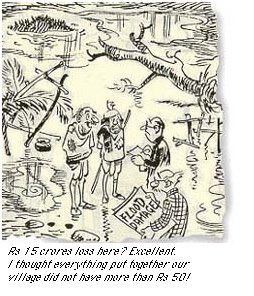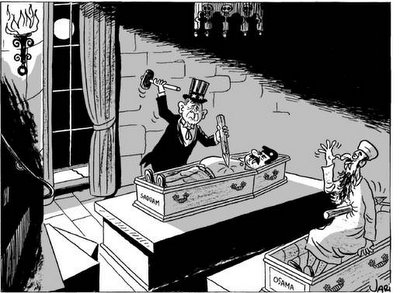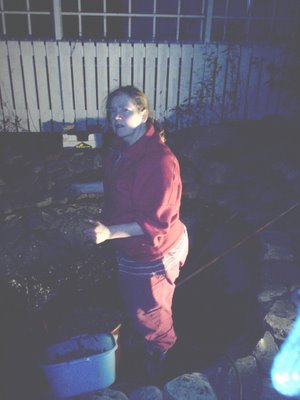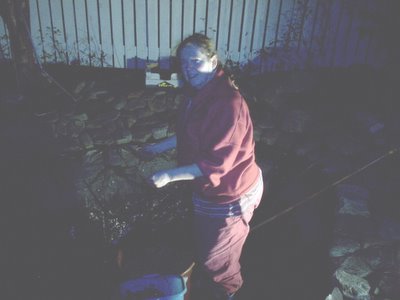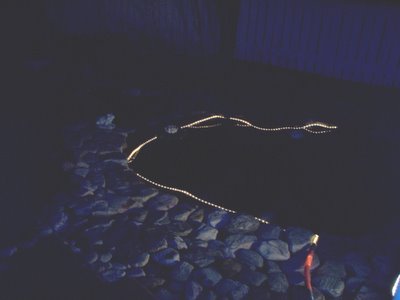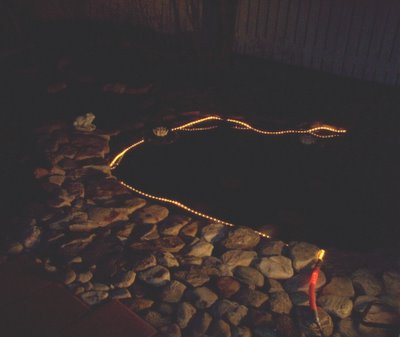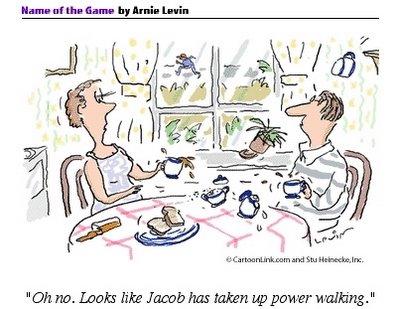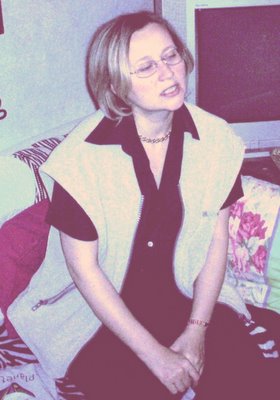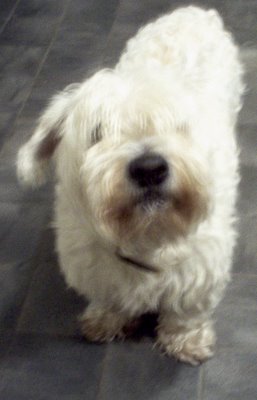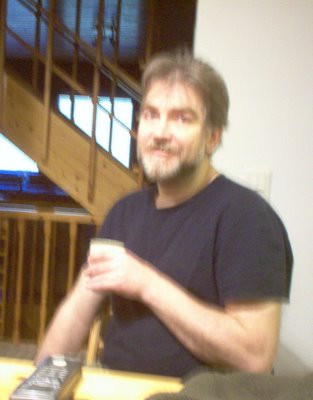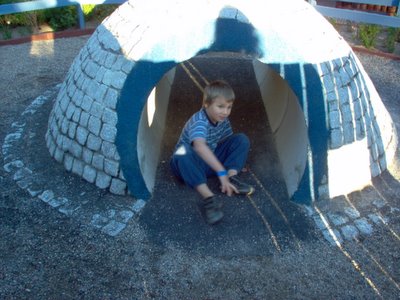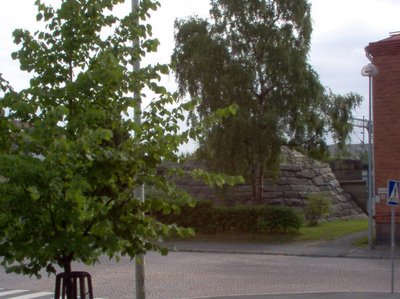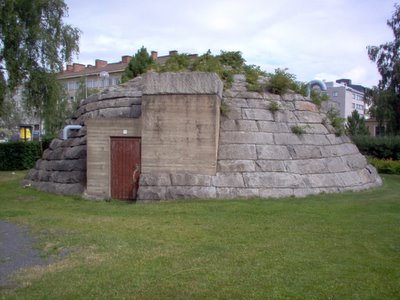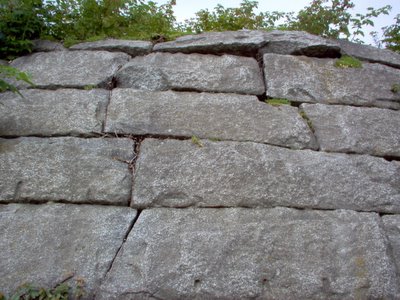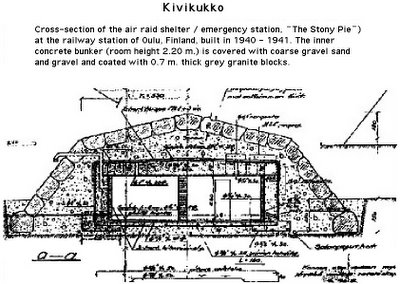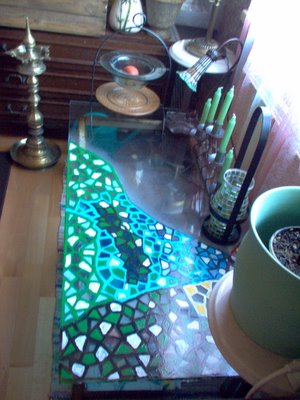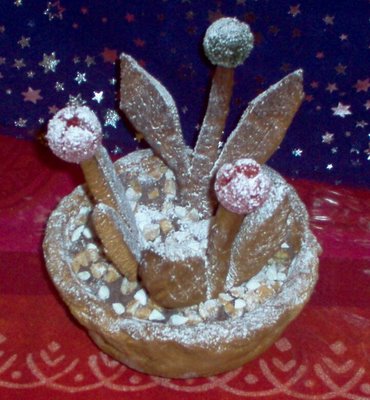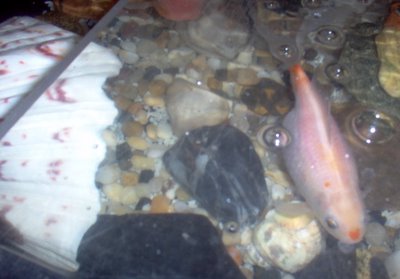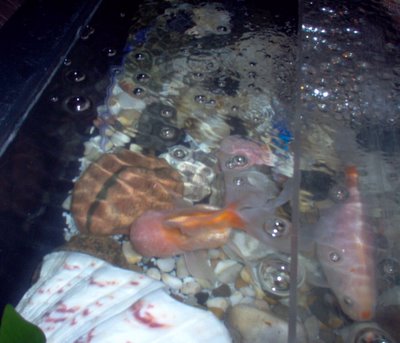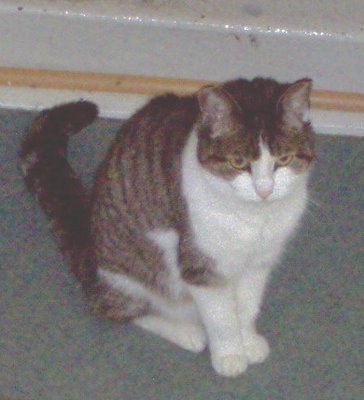It was in 1987 that I organised for one of the top managers and researchers of the Nokia Company, Paul Collander, to stop over in Madras and Bangalore, to explore the possibility of Nokia expanding activities to India.
Paul and my professor, Seppo Leppävuori, were on their way back from a conference in Singapore. At that time I was the Acting Laboratory Manager of the Microelectronics Laboratory at the University of Oulu.
Here is a picture taken by Paul, of Seppo, with my late uncle, Kochappachen (Mr. K. M. Mammen Mappillai), who was then the Chairman and Managing Director of MRF Ltd. along with his wife, Kunjukochamma, in their Madras house garden.
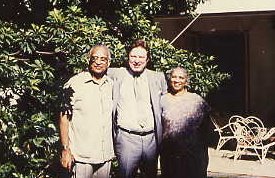
Kochappachen, Seppo and Kunjukochamma
in their T.Nagar house gardenThey had a great visit as I had organised meetings with several leading personalities in Bangalore, both from industry and research. They were treated like royalty by my many friends.
When Paul and Seppo got back, Paul submitted a pretty forceful report of the potential for Nokia to move into India to the then CEO, Kari Kairamo.
A few weeks later he got a reply from Kari which said that Paris, France, was too far for Nokia, so any interest in India was very wishful thinking!!
Paul was indeed very disappointed, but continued to worked on the co-operation.
Thanks to two great Indian Ambassadors to Finland, His Excellency K. P. Fabian, and the one that followed him, His Excellency T. Cherpoot, both of whom became my good friends, both Nokia Research and the Microelectronics Laboratory established close research links with India's premier science and electronics research institution, The Indian Institute of Science (corrected from Technologuy to Science thanks to Anand in Bangalore, a product of IIT, Kharagpur - THANKS), in Bangalore.
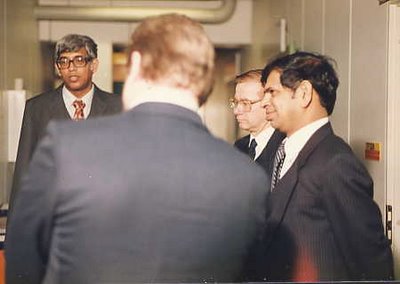 Ambassador Fabian with me during his visit to the
Ambassador Fabian with me during his visit to the
Microelectronics Laboratory. Prof. Paavo Uronen, Dean of the
Technical Faculty and Vice Rector of the University, is also visible.
Prof. Seppo Leppävuori has his back to the camera.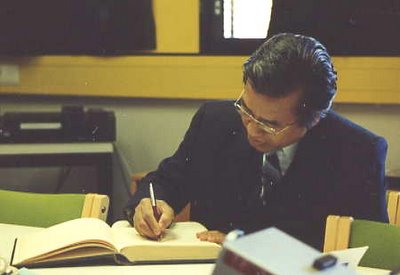 Ambassador Cherpoot signing the visitors book
Ambassador Cherpoot signing the visitors book
in the Microelectronics Laboratory, University of OuluSeppo and I visited the Institute a couple of times. Both he and I gave foundation lectures on various subjects at the Institute.
Prof. B. S. Sonde, who was then the head of the Electronics Department at the Indian Institute of Science, organised tie ups with our university as well as Nokia Research. Prof. K. Satyam visited us here in Oulu.
Prof. B.S. Sonde received his B.E. (Telecom) and M.Sc (Engg) Degrees with high distinction from the University of Pune in 1958 and 1959 respectively and his Ph.D Degree from IISc, Bangalore in 1963. He was a member of the academic staff of IISc during 1964-97, occupying several positions: Professor of Electrical Communication Engineering(ECE) from 1973, Chairman, Department of ECE (1981-85), Chairman, Division of Electrical Sciences (1985-92), Dean, Faculty of Engineering (1992-94) and the Tata - Chem Chair (1994-97), until his appointment as Vice Chancellor, Goa University (1997-2002). His fields of interest covered Microelectronics, Instrumentation, Digital Technology and its Applications in Electronics and Communications, wherein he has trained scores of students for B.E., M.E., M.Sc (Engg) and Ph.D Degrees at IISc, published over 90 papers in scientific/technical journals and a series of 10 text/reference books. He was a Visiting Professor at many Institutions/Universities and also on Advisory/Review Committees/Councils of many Institutions/Industies in India and abroad. Prof. Sonde was a Member of the Electronics Commission, Government of India, Engineering Panel of the UGC, Chairman, DoE Working Group on Consumer Electronics, Founder Chairman, ISHM (India) and President, IETE (India) (1992-94). He is now Chairman, National Board of Accreditation of the All India Council for Technical Education. He has been a recipient of many awards, notably Ramlal Wadhwa Gold Medal of IETE (India) (1978), Jaya Jayant Award for Teaching Excellence of IISc (1992), Distinguished Alumnus Award of Government College of Engineering, Pune (1994), Chapter Development Award of ISHM-The Microelectronics Society, USA (1996) and Life-time Achievement Award of ISI (India) (2002). Prof. Sonde is a Distinguished Fellow of IETE (India) and SEE (India) and a Senior Member of IEEE (USA) and ISHM (now IMAPS) (India), and has been closely connected with the development of electronics education, research and industry in the country.
In 1988, Kari, Nokia's CEO, committed suicide. Kari had believed Finnish manufacturers like Nokia could ride the consumer-electronics wave into the global marketplace. He was right, but the scope of the vision needed to be narrowed. He had spent much of Nokia's capital in acquiring European companies, and could not take the heat and stress of his high non-productive investment.
On his demise, Jorma Ollila took over as head of Nokia.
By lopping off other product lines (like TV sets, cables, software and PCs) and maintaining a laser-like focus on digital phones and networks, Nokia boosted its market cap from $1.7 billion in 1988 to $71 billion in 2004, the company shot past Motorola to become the world's leading manufacturer of mobile phones.
It had quite a desperate time during the 1995-97 era, but came out of it to become the absolute number one in the field of mobile phones.
So when I read this today
Nokia in US $ 140 million deal to expand mobile networks in northern India and read the accompanying text:
Nokia, a market leader in India, considers the subcontinent a natural location to meet surging demand in the Asia-Pacific region that will help push the global mobile subscriber base beyond a predicted two billion mark by the end of 2005.
In April, it announced that Chennai in southeastern India would be the site for its new mobile manufacturing plant expected to employ up to 2,000 people.
Based in Espoo just outside the Finnish capital, Nokia has sales in 130 countries and about 55,500 employees.
I simply had to laugh aloud when I remembered the 1987 reaction.
